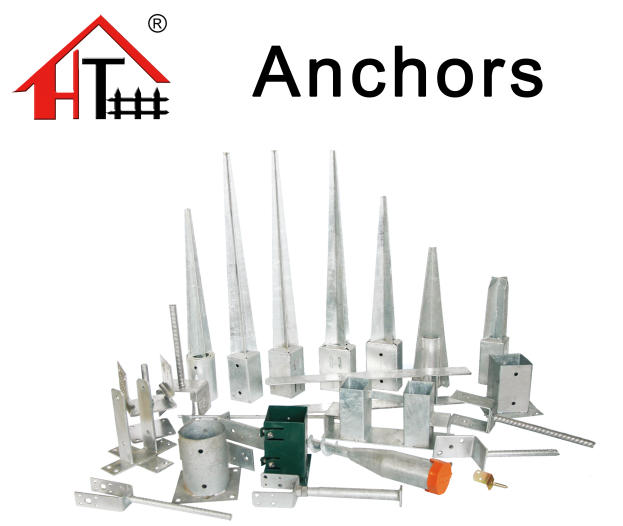Wildlife Cage Traps A Compassionate Approach to Animal Management
Wildlife management is a crucial aspect of maintaining biodiversity and ensuring the coexistence of humans and animals. As urban development expands and natural habitats diminish, human-wildlife conflicts have become increasingly common. To address these conflicts in a way that is both effective and humane, wildlife cage traps have emerged as a popular solution. These traps provide a safe and non-lethal method for capturing animals that may pose threats to agriculture, property, or human safety.
Cage traps are designed to capture animals without causing harm. They typically consist of a wire frame with a sensitive trigger mechanism that closes the door once the animal enters to explore the bait placed inside. This design minimizes stress and injury, allowing for the safe transport of the captured animal to a more suitable habitat. Common targets for these traps include raccoons, squirrels, opossums, and even feral cats, which may all be drawn to urban areas in search of food and shelter.
One of the significant advantages of using cage traps is their effectiveness in promoting species relocation. Unlike lethal traps, which simply eliminate the problem, animal cage traps allow for the removal of animals and their relocation to a safe environment. This practice is not only ethical but also helps maintain ecological balance. For instance, relocating a raccoon that has taken up residence in a residential area back to its natural habitat can prevent it from causing further disturbances and allows it to thrive within its ecological niche.
wildlife cage traps

Furthermore, cage traps can be an integral part of population management strategies. In some cases, wildlife populations can grow unchecked, leading to overpopulation and increased instances of human-wildlife conflict. By using cage traps responsibly, wildlife managers can monitor and control these populations, ensuring that no species is pushed to the brink of extinction while keeping them away from populated areas.
To ensure the success of cage trapping, several best practices must be observed. First and foremost, it is essential to check traps regularly and promptly, as animals can become stressed if left in captivity for extended periods. Additionally, the use of bait – whether it be fruits, nuts, or commercial lures – should be carefully considered to attract the targeted species. The placement and positioning of traps are crucial, as they should be set in areas where wildlife is known to travel, such as along trails or near food sources.
Education and community involvement also play critical roles in the effective use of cage traps. Public awareness campaigns can help residents understand the benefits of humane trapping and the importance of coexisting with wildlife. Providing training sessions on how to set and monitor traps can empower individuals to manage their wildlife-related issues responsibly. Moreover, encouraging neighbors to adopt similar strategies creates a collective approach to wildlife management that fosters harmony within the community.
In conclusion, wildlife cage traps serve as a viable and compassionate method for managing and mitigating human-wildlife conflicts. By prioritizing humane practices, these traps support the preservation of both urban and rural ecosystems. As we strive towards more sustainable living, integrating humane wildlife management techniques will be essential. By respecting and protecting our wildlife, we not only safeguard their future but also ensure a more harmonious coexistence with nature in our rapidly changing world.
















